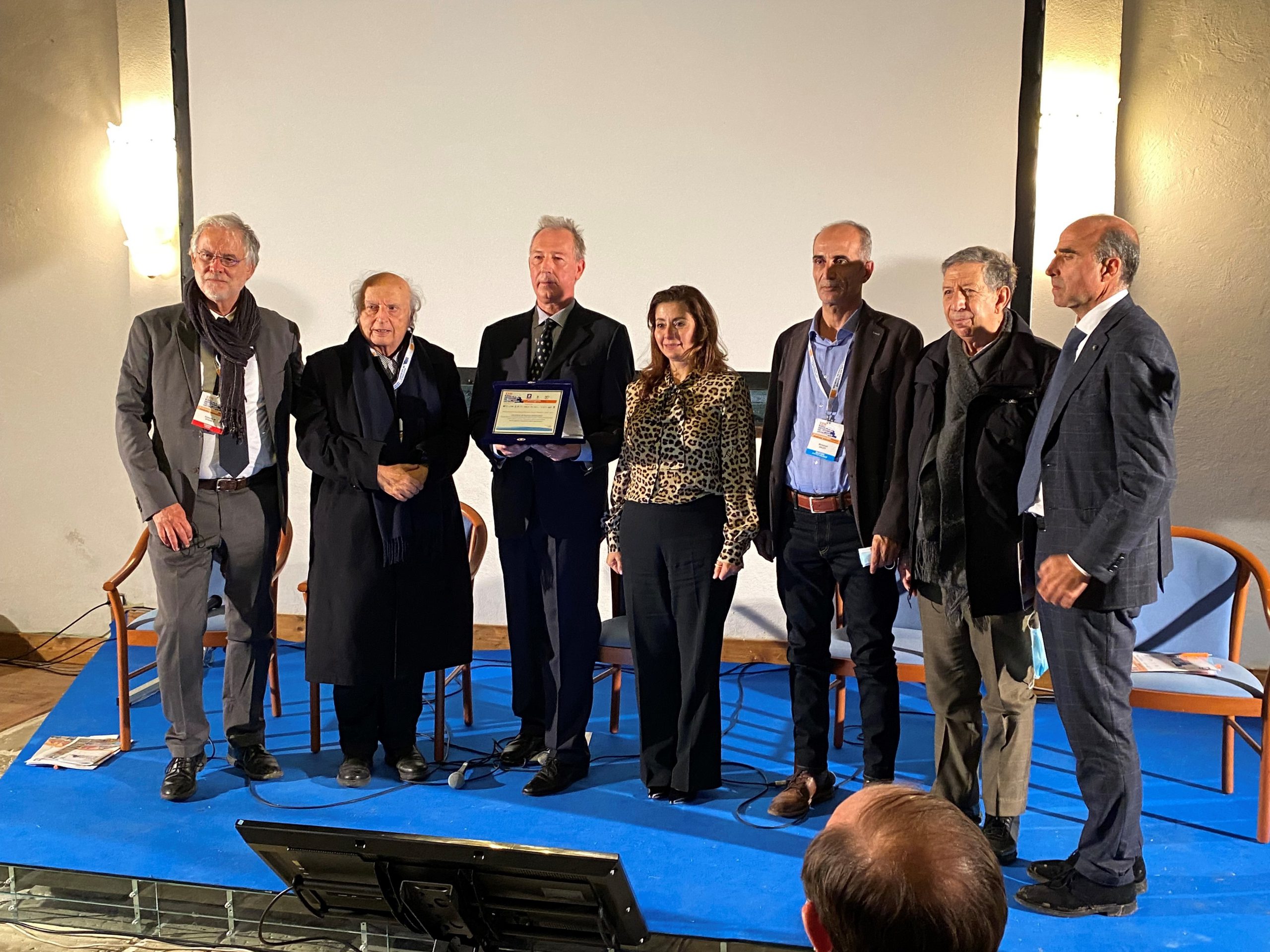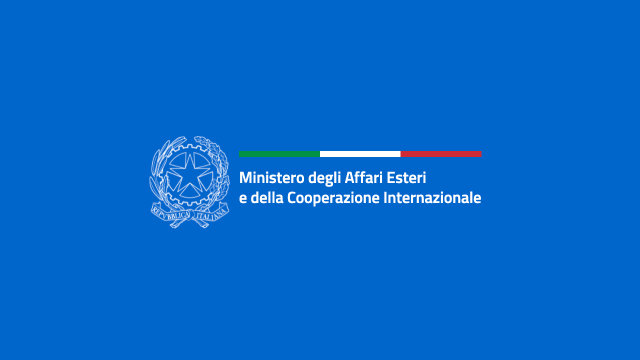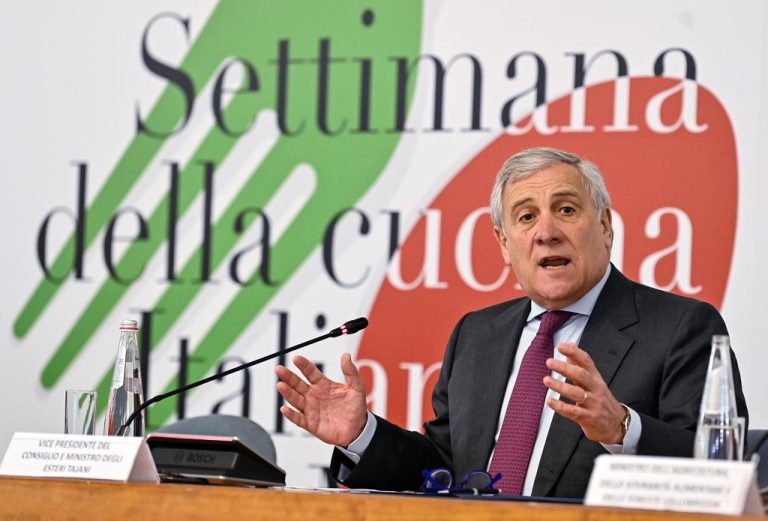On November 26, during the 23rd edition of the Mediterranean Bourse of Archeological Tourism in Paestum, Prof. Morandi Bonacossi received the “Khaled al-Asaad” International Archaeological Discovery Award for 2020.
The award is named for Khaled al-Asaad, the Director of the archeological site of Palmira who defended the cultural heritage at the cost of his life, and was assigned to Prof. Daniele Morandi Bonacossi, director of the Italian Archeological Mission in Iraqi Kurdistan, supported by the Ministry for Foreign Affairs and International Cooperation, for the discovery of ten Assyrian stone reliefs of the gods of ancient Mesopotamia. The discovery was made in Iraq at the Faida site, 50 km from Mosul.
The award was established in 2015 to pay proper tribute to archeological discoveries, through reporting and the collaboration of international archeological magazines like Antike Welt (Germany), Archéologia (France), also Archäologie der Schweiz (Svizzera), Current Archaeology (UK), Dossiers d’Archéologie (France) British Archaeology (UK). The “Khaled al-Asaad” International Archeological Discovery Award is the only worldwide recognition awarded to archeologists who, with sacrifice, devotion, skill and scientific research, work every day in the field, in the dual role of scholars of the past and professionals at the service of the land.
The discovery was the result of excavations carried out in Iraq by the Mission “Land of Ninive PARTEN Regional Archeological Project” since 2012. The excavation zone extends over an area of as many as 3,000 sq.km. and from the 12 sites documented in 2012 it now includes 1,300. Actually, two discoveries are involved: the network of canals and aqueducts that marks the passage from agriculture dependent on rain to irrigated crops, and ten colossal reliefs in stone portraying sovereigns and divinities of the Assyrian empire.
Ten stone reliefs were uncovered, measuring almost 5 meters in width and two in height, as well as the adjacent Assyrian canal 6.5 km long. The reliefs date from the 8th and 7th centuries B.C. and we sculpted along the wall upstream of the canal cut into the rock to irrigate the surrounding fields. Each relief represents the procession of the statues of the seven main divinities of the Assyrian Pantheon, each shown on its sacred animal, facing south, toward Ninive. The procession is opened and closed by the figure of the sovereign. A different scene appears on two reliefs: two figures representing the king at the extreme north and south of the panel, flanked by a column with a proto-Aeolian capital showing a pavilion that framed the scene. Between the two figures of the sovereign is the procession of divinities on their sacred animals in smaller scale.
The other four archeological discoveries of 2019, candidates for the victory in the 6th edition of the Award, in addition to that of Prof. Daniele Morandi Bonacossi, were: 1) Cambodia: the lost city of Mahendraparvata, capital of the Khmer empire in the forest on the hills of Phnom Kulen northeast of Angkor; 2) Israel: in Motza, 5 km northwest of Jerusalem, a Neolithic metropolis from 9,000 years ago; 3) Italy: in Rome, the Domus Aurea reveals a new treasure, the Sphinx Room; 4) Italy: in the ancient city of Vulci a statue of Etruscan origin of a winged lion from the 7th century B.C.





